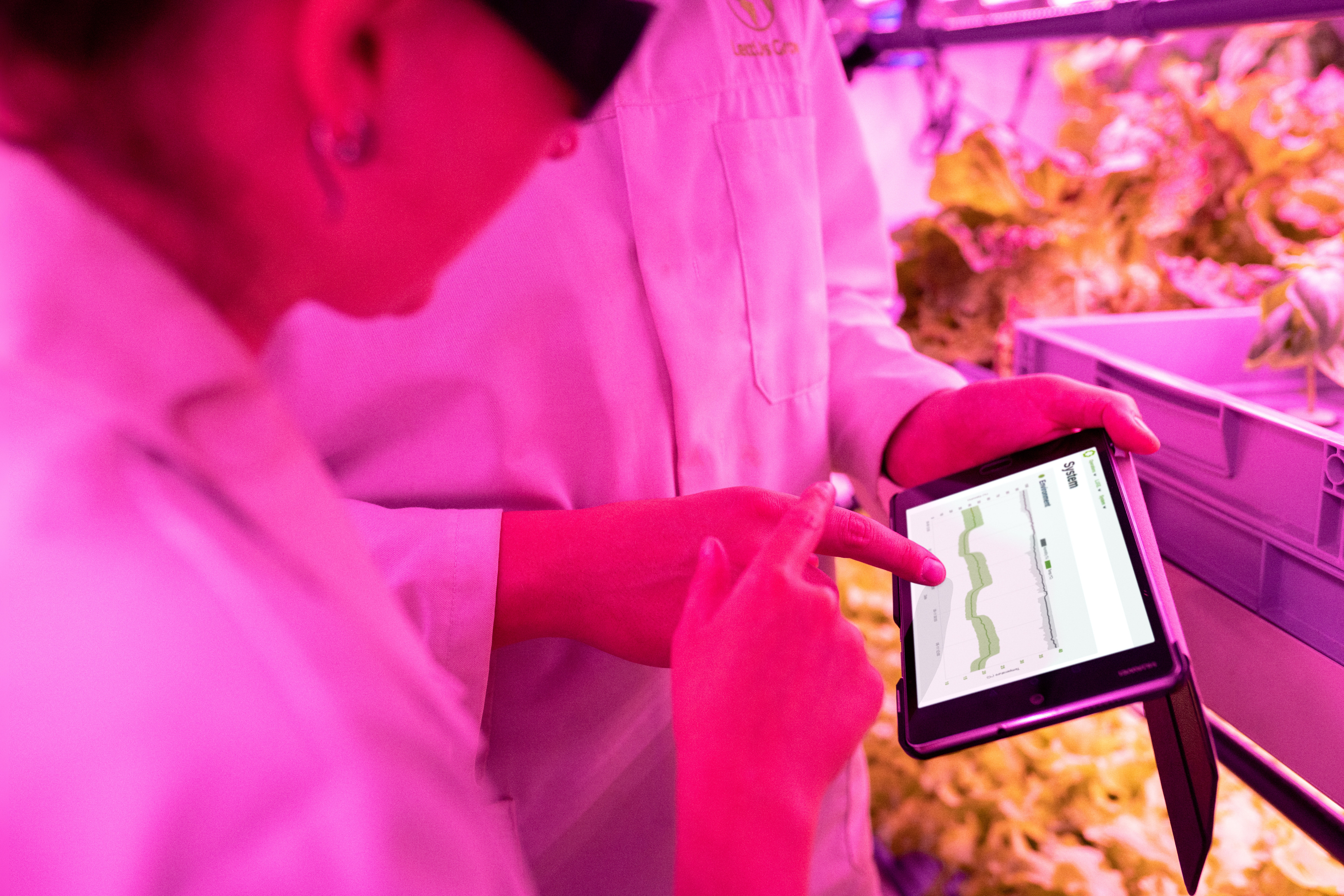
The goal of this course is to raise the number of “data science citizens” who grasp these imperatives and can push change from inside. It will also serve as a springboard for anyone interested in pursuing a career in data science. Stop focusing on “school science projects” and instead focus on those that will generate business results, effectively aligning your existing data scientists to these. Simultaneously, they must establish a pipeline of new data scientists to support future innovation initiatives.
The Visaara System’s Applied Data Science course focuses on the business-led application of data science. It contains intimate knowledge from successful customer projects in a variety of industries. It gives you access to the methods and technologies that are fueling today’s data-driven projects. It provides students with a quick pathway to higher employment market value and can be used to supplement university science, technology, engineering, mathematics, and business courses.
What You Will Learn :
-
Data and Data Science Introduction – Big data, business intelligence, business analytics, machine learning, and artificial intelligence will be introduced to you.
-
Mathematics – Learning the tools is the first step in performing data science. To analyze the parts in detail, you must first see the big picture. We examine calculus and linear algebra in depth because they are the subfields that data science relies on.
-
Statistics – Before you can become a scientist, you must think like one. Statistics teaches you how to think of problems in terms of hypotheses and how to test them, exactly like a scientist.
-
Python – Python is a relatively new programming language that, unlike R, is designed to be used for a variety of purposes. You can do whatever you want with it! Many of its skills include web applications, computer gaming, and data science. That is why it has managed to disrupt several fields in such a short period of time. To facilitate data processing, transformation, and visualization, extremely powerful libraries have been built. Python, on the other hand, shines when it comes to machine and deep learning.
-
Tableau – Data scientists are responsible for more than just dealing with data and solving data-driven challenges. They must also persuade company officials that their decisions are correct. Because these executives may be unfamiliar with data science, the data scientist must be able to present and visualize the data’s story in a way that they can comprehend. That’s where Tableau comes in, and we’ll show you how to use the premier visualization software in business intelligence and data science to become an experienced story teller.
-
Advanced Statistics – Before machine learning, regressions, clustering, and factor analysis were all developed. However, these statistical procedures are now being performed using machine learning, resulting in forecasts that are quite accurate. These strategies will be examined in depth in this section.
-
Artificial Intelligence (AI) – Deep learning is the program’s final section, and it’s what each portion has been leading up to. A data scientist’s ability to use machine and deep learning in their job is frequently what distinguishes them from a data analyst. With TensorFlow, this section covers all common machine learning techniques and deep learning approaches.
Requirements
-
It is not necessary to have any prior experience. We’ll start from the beginning.
-
Anaconda must be installed first. We’ll walk you through the process step by step.
-
Microsoft Excel 2003, 2010, 2013, 2016, or 365.
This course is intended for the following individuals:
-
If you want to become a Data Scientist or learn more about the field , you should take this course.
-
If you want a successful career, this training is for you.
-
The course is also suitable for beginners, as it begins with the basics and steadily improves your abilities.
